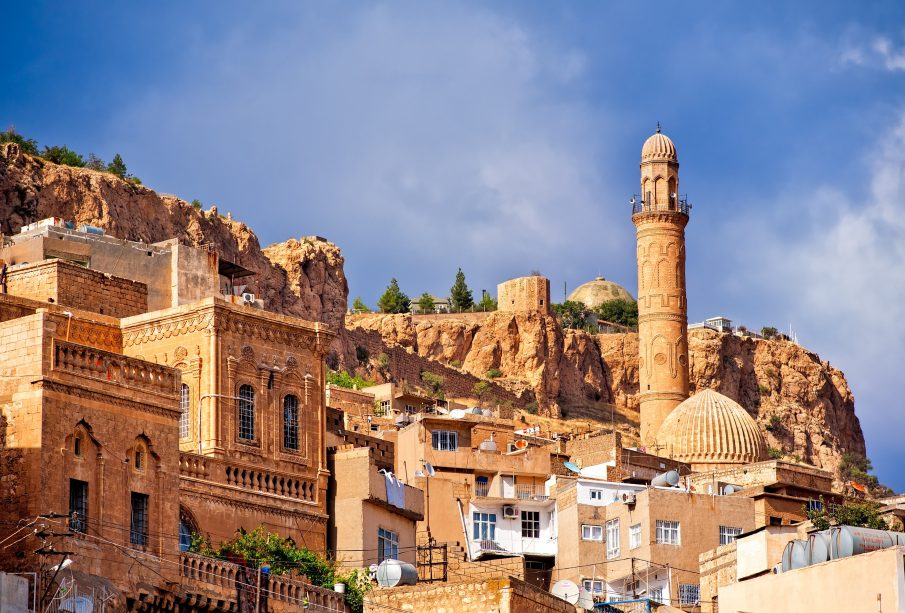Exploring Diyarbakir: A City of History and Culture

Introduction
Diyarbakir, a major city in southeastern Turkey, holds significant importance due to its rich historical background and cultural diversity. Known for its resilient population and diverse demographics, the city has witnessed numerous empires and civilizations, making it a focal point for cultural studies and tourism. With its ancient walls and cultural heritage, understanding Diyarbakir is essential for grasping the complexities of Turkish history and its modern dynamics.
The Historical Significance of Diyarbakir
The history of Diyarbakir stretches back thousands of years, with evidence of settlement dating to the Roman period. The city’s iconic black basalt walls, which date back to the Roman Empire and are among the longest in the world, are a UNESCO World Heritage site. They reflect the architectural prowess of historical civilizations and the tumultuous history that the region has experienced over the centuries. The blend of Arab, Kurdish, and Turkish cultures in Diyarbakir tells the story of a diverse community that has shaped its identity over time.
Current Developments and Challenges
Recently, Diyarbakir has faced various challenges, including socio-economic issues and political tension. The city has been the center of attention due to its strategic significance in the region, particularly in relation to the Kurdish population’s demands for rights and recognition. In recent years, local governance and investment in infrastructure have been bolstered to revitalize the economy and promote tourism. Events like the Diyarbakir Culture and Art Festival showcase the region’s artistic heritage and encourage local businesses.
Cultural Climate and Tourism
Diyarbakir presents a unique cultural atmosphere with a fusion of traditional and modern influences. The city is known for its vibrant bazaars, historical mosques, and cultural sites such as the Grand Mosque (Ulu Camii) and Hasan Pasha Han. The city’s culinary scene is also gaining recognition, where visitors can experience authentic local dishes. With efforts to promote tourism, Diyarbakir is increasingly seen as a destination for travelers seeking to immerse themselves in a rich cultural tapestry.
Conclusion
Diyarbakir stands as a symbol of resilience and cultural richness in the face of adversity. Its historical significance, coupled with ongoing socio-political dynamics, makes it a vital topic for scholars and travelers alike. As the city continues to address its challenges while embracing its heritage, there is potential for growth, fostering greater understanding and appreciation for this remarkable city. For those interested in history and culture, observing the evolution of Diyarbakir offers profound insights into the fabric of Turkish society.



